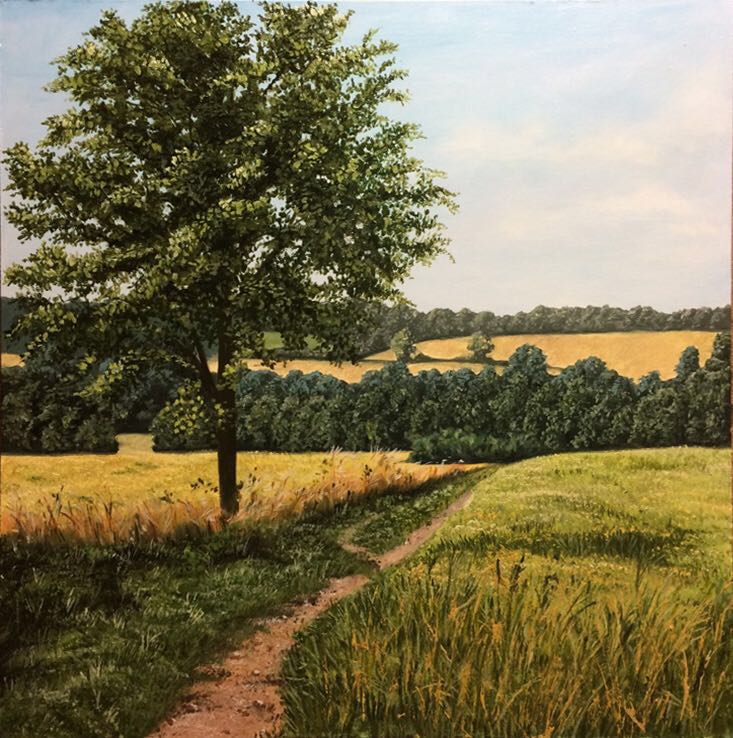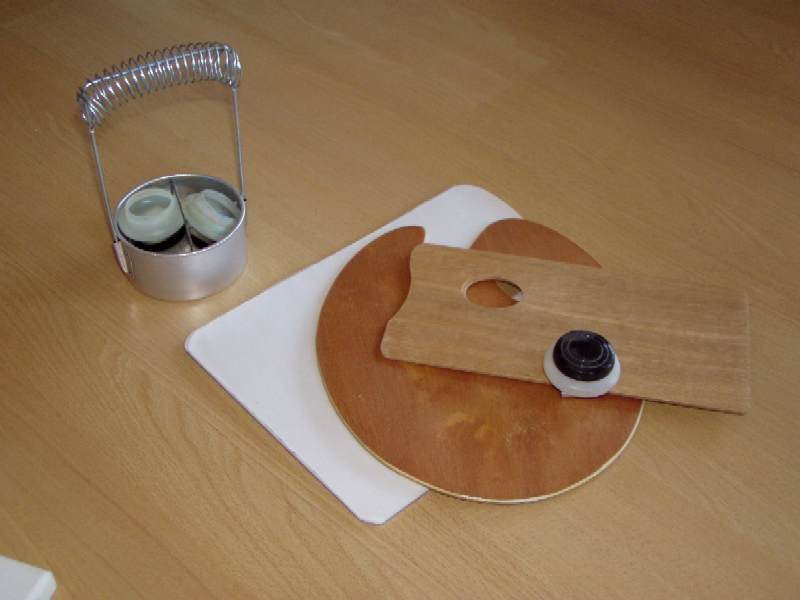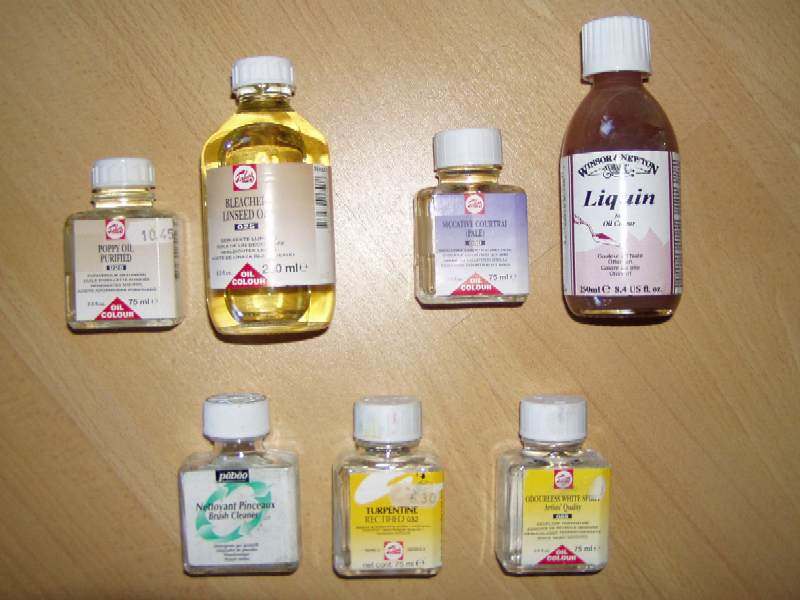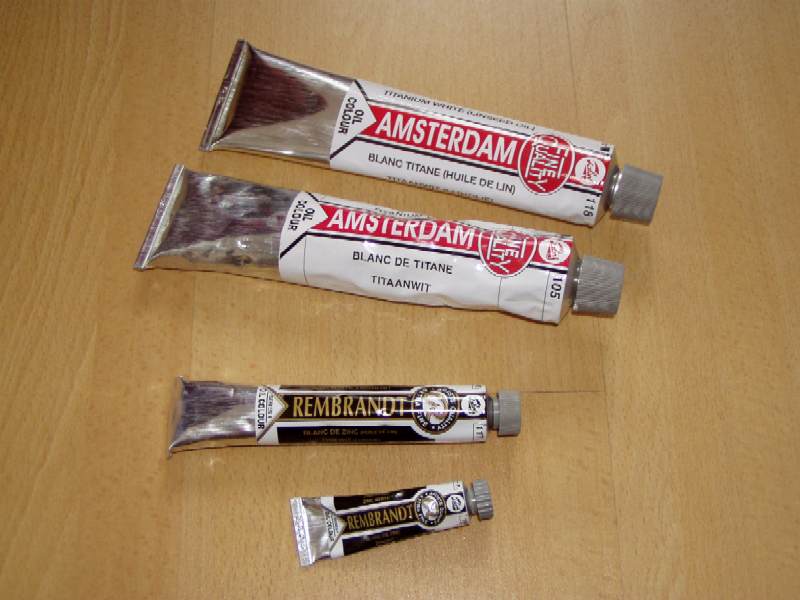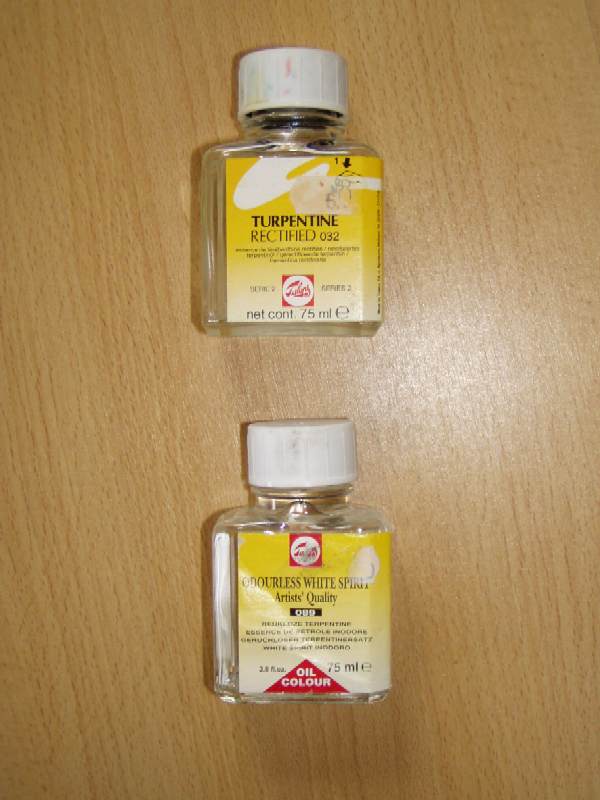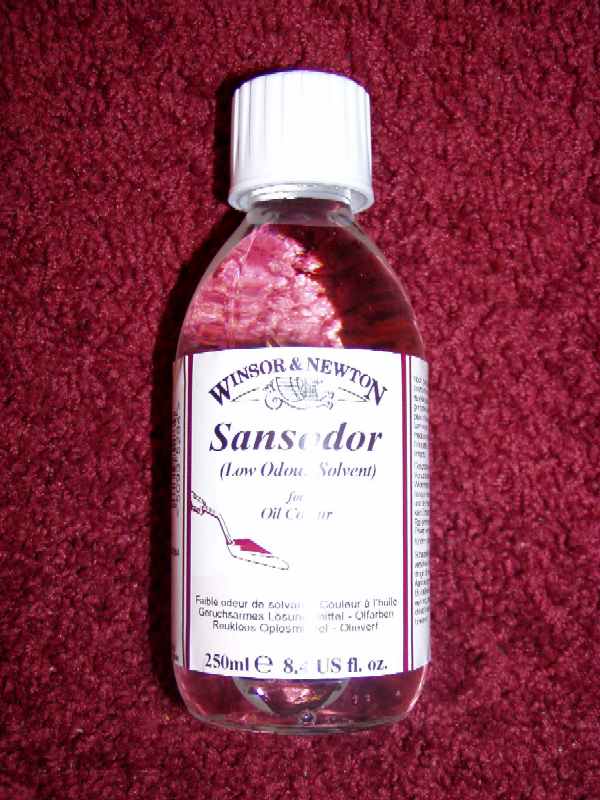Fat over lean;
This is one of the most important principles when building up an oil painting. The more solvent you use, the "leaner" the paint. The paint then contains less oil. Oil is the element that makes the paint flexible. By applying the fat over lean principle, you ensure that each subsequent layer is more flexible. If you were to do it the other way around, you risk cracking because you are applying a less flexible paint over a more flexible layer. You can apply this principle by using different types of oil. Some types of oil are fattier and therefore dry slower than others. By starting with a slightly less fatty oil and gradually adding more fatty oil, you apply the fat over lean principle. You can then do the final layer entirely with the fatty oil. This means it takes a long time for your painting to dry. Alternatively, you can make a lean medium, such as turpentine, gradually fattier. You do this by adding a little more (linseed) oil each time. You can combine this with a quick-drying medium, but these techniques are further discussed in the article "working with mediums."
Thick over thin;
Thick layers dry slower than thin layers. To prevent problems, you should start with thin layers. Preferably, apply no more than 1 thick, pasty layer in your work. |
Preferably use white paint rubbed with linseed oil in an underpainting;
Because safflower oil is lighter in color, it is usually used in whites. However, due to some specific chemical properties, safflower oil is less suitable for use in an underpainting. It increases the risk of cracking in the subsequent layers. So, it's worth buying a special tube of white paint made with linseed oil for underpaintings. For this purpose, Winsor & Newton has produced special whites made with linseed oil, namely: Underpainting white, Foundation white, and optionally, lead white (only available in cans in the Netherlands due to toxicity). |
Do not use old or oxidized turpentine;
In general, use good materials. This particularly applies to turpentine. Oxidized turpentine leaves behind a kind of gummy sediment that hinders the drying of the paint. The paint then dries slower or almost not at all, and the work remains very vulnerable.
Use artist-quality solvents and not "home-garden-and-kitchen" products;
During the drying process, various disturbances can influence the quality. Just as using too much solvent can adversely affect the process, using impure products can also adversely affect the process. This means that the final paint layer is of lower quality. |
Do not use too much solvent;
Linseed oil dries through oxidation. This is a chemical process under the influence of oxygen. This is a slow process. During this process, the paint is converted into a hard, stable layer. Too much solvent disrupts this process and therefore makes the layer less hard.
Ensure good ventilation;
The solvents used in painting are toxic. So always ensure adequate ventilation when painting. Turpentine is the most harmful to health but dissolves paint residues the best. Sansodor (Winsor & Newton) is a viscous and slow-evaporating solvent, which is much less harmful to health and also odorless. |



